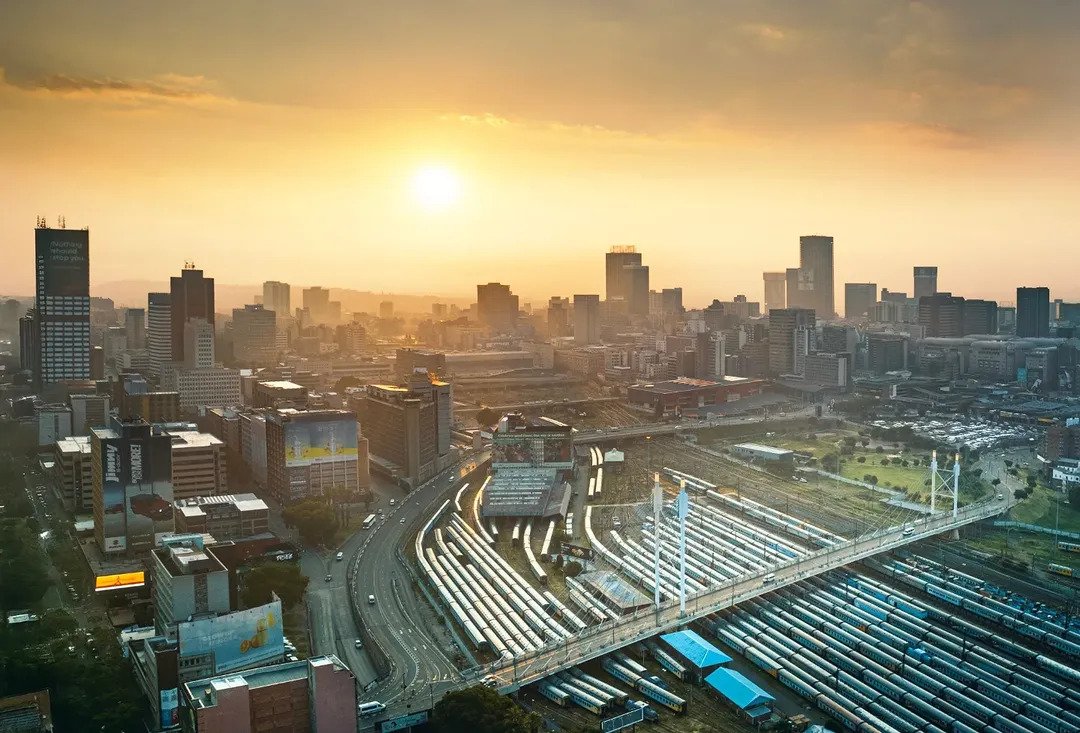
The President's shock at the state of the city, witnessed during his cabinet oversight visit in Gauteng in preparation for the hosting of G20 South Africa Summit in Johannesburg later this year, actually came as a shock to us, begging the question: how did senior government officials never notice this prior to last week? The unrepaired potholes, the dysfunctional traffic lights, the verges and islands that haven't been mowed for months? Sadly, we have become quite used to this being the backdrop of Joburg.
So, what did the President encounter on his route through the city he calls home that was so alarming it catalysed a presidential Working Group tasked with "fixing" the city within the next six months?
And, now that our President is shedding his rose-tinted glasses, what else is it imperative he sees? Put another way, if we gained a few moments of our leader's time, what would we use it to convey? From all corners of the city, there are individuals, communities, and organisations who are working tirelessly to improve Johannesburg, creating hope through their efforts.
Our unofficial motto at Johannesburg In Your Pocket has always been "Love where you live", and these efforts and initiatives are testament to what that really looks like in a place like this.
A release issued by the City of Joburg on Sat, Mar 8 announced the establishment of the Presidential Johannesburg Working Group, "a landmark initiative and support aimed at addressing the city's most urgent challenges." While this could signal some long-awaited momentum, we trust the city's urgent challenges are a) identified correctly and b) that work already done towards this aim is not undone, or counteracted.
It takes wisdom and true knowledge of the city to know what's needed to stabilise and revitalise Joburg in a manner that's beneficial for all, and ultimately sustainable.
President Ramaphosa said himself, "Johannesburg matters to the future of South Africa. This Working Group is about turning commitment into action, and making Johannesburg a city that works for all its people." If there proves to be weight behind those words, it's a statement we can get behind.
In broad strokes, the seven key focus areas of the Working Group are as follows: Governance and Financial Sustainability, Electricity and Energy, Safety and Security, Inner City Rejuvenation, Water and Sanitation, Infrastructure, and Human Settlements and Social Development. These are three important catalysts and causes we'd like to add to that list:
1. Johannesburg's creative hubs are thriving – let's back them
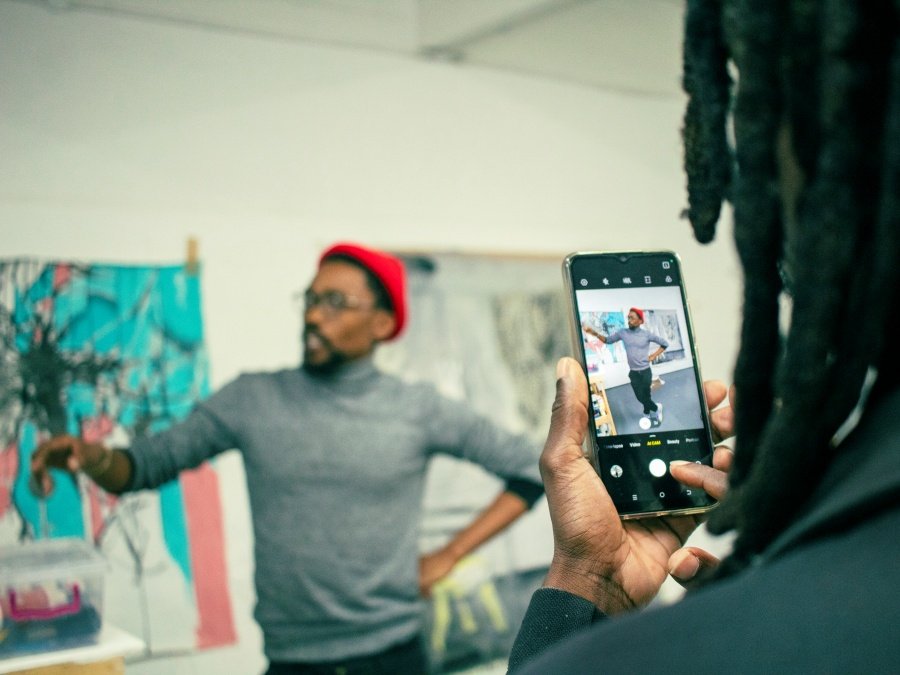
As an arts practitioner and researcher (amongst the other hats she wears), Mariapaola McGurk put her recent PhD to excellent use by mapping resources for creatives to access in Joburg. Her research revealed a network of tertiary institutions, artist studio spaces, funding bodies, galleries, annual festivals, and advocate organisations across the city. Check out the map here.
In a post on LinkedIn, McGurk writes: "Johannesburg’s creative hubs are thriving. I’m not sure that many other creative cities are seeing this scale of development. Currently, there are 19 creative hubs across the city, with some hosting over 150 artists. These spaces offer connection, skills development, access to machinery, and studios."
The local art world has its stalwarts in spaces and events like Everard Read (Joburg's oldest commercial art gallery), long-running FNB Art Joburg fair, and iconic artist studio spaces like Bag Factory, with its host of impressive alumni who have gone on to make a name internationally. But the city is also bubbling with fresh initiatives and spaces that support emerging practitioners. The open studio festival Contra.Joburg, which takes place over two days across the City Centre, does well to showcase this. And there are the likes of Mary Sibande and Lawrence Lemaoana who, through their ongoing project Occupying the Gallery, are paying it forward by mentoring up-and-coming artists.
McGurk continues her line of thought with a probing question: "But is the local municipality paying attention? Are they seeing what’s happening? Johannesburg’s creative sector is evolving in a unique and powerful way. Micro-businesses and creatives are showing us what they need. The question is – who is listening?"
Clearly, it's not that the city lacks opportunity. Spaces are being carved out. Creativity is leading the charge. Yet if the government were to get behind these thriving and fantastic initiatives from the ground up, the growth we are seeing could be exponential.
2. Community matters – initiatives big and small
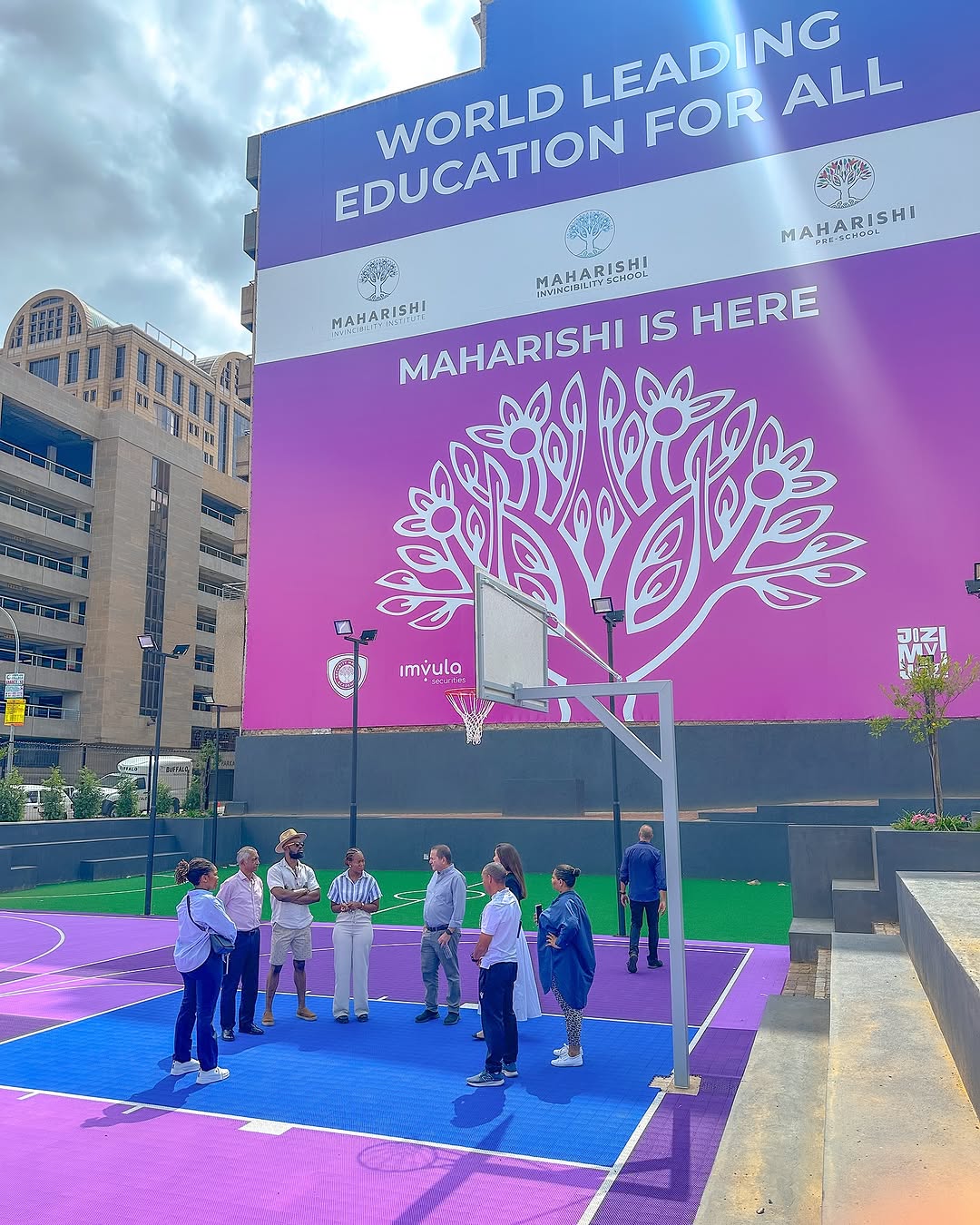
Joburg has every identity, and in some sense, none at all. Since founding Johannesburg In Your Pocket 11 years ago, we've endeavoured to be a voice for the city. Others are its arms and legs or are lending thinking-power, heart, resources, and resolve to the people, places, and spaces that need it most. We won't attempt to cover all of it in this list (and we'd love to hear who we've left out, please DM us on Instagram @johannesburginyourpocket or email johannesburg@inyourpocket.com) but a few shout-outs go to:
The Maharishi Invincibility Institute: Founded by Taddy Blacher and run by a dynamic team of staff and volunteers, this education-driven initiative recognises the profound potential of the individual and is hard at work turning part of Joburg's City Centre into an Education Town that will dramatically alter the map of opportunity in the inner city. The goal is 100 000 graduates that get meaningful employment, creating a new generation of people whose experience of the inner city is their springboard to success. We are following developments there closely.
Dbongz: The street artist's distinctive murals across Joburg celebrate heritage figures who have played a part in the city's history, from legendary singer Miriam Makeba to jazz icons Jonas Gwanga, Kippie Mokoetsi, and more. His choice of figures is guided by his thoughts about the city, his place in it, and the place of so many who arrive in Johannesburg as migrants and newcomers. So many people who are not from here but call this city home. "There’s a message in all of my work," he says. "There is always a background story".
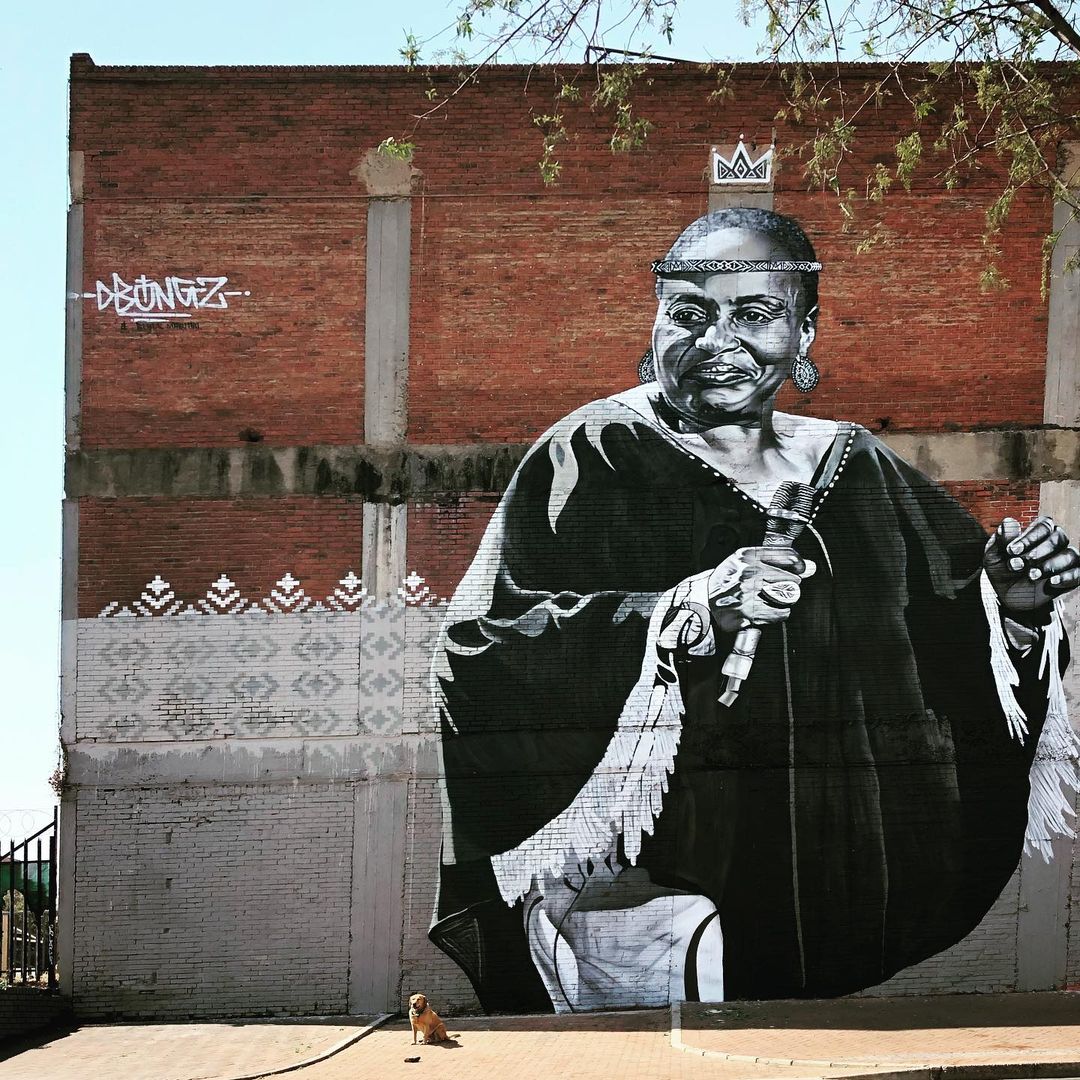
Joburg's Literary District: A few years ago, Griffin Shea of Bridge Books identified the City Centre as a place where reading culture thrives. If you want to see this in action, book an Underground Booksellers Tour. Your mind will be blown. Now Shea, along with his team, are building out the city's Literary District with plans to activate city parks as reading and performance spaces, and bring to life the hidden network of more than 70 booksellers in the city. We are proud to have played a part in this initiative by creating a map, together with Love Jozi. See it here.
James Delaney: Proving that change starts with you, artist James Dalaney is the name to know if you're wondering who spearheaded (and then rallied the troops) for a complete rejuvenation of what's once again become one of Joburg's most-loved parks, The Wilds. It started with him taking his dog Pablo for a walk. Read the backstory. His work has spread throughout the city, and he is the person who managed to convince a huge corporate in Braamfontein to establish a beautiful parkland, Indwe Park.
Jozi My Jozi: This movement has been bubbling under the surface since 2023, working to create a safe, walkable city that Joburgers can be proud of, fostering community engagement, and driving social change. The impact of their work was felt on the rugby weekend when Joburg's integrated transport network switched on and visitors were welcomed to a newly landscaped and well-lit Ellis Park precinct, reminiscent of the 2010 World Cup. They've also restored the lights on the Nelson Mandela Bridge – see it in photos and read our story on Jozi My Jozi here.
And the wonderful work of individuals fostering communities, seen at celebrations like Hey Hillbrow! Let's Dlala!, the Brixton Lights Festival, and others. If it takes a village to raise a child, how much more is required to change the fate of a city?
3. Cities are made for walking – how do we close the gaps and ensure safe passage for all?
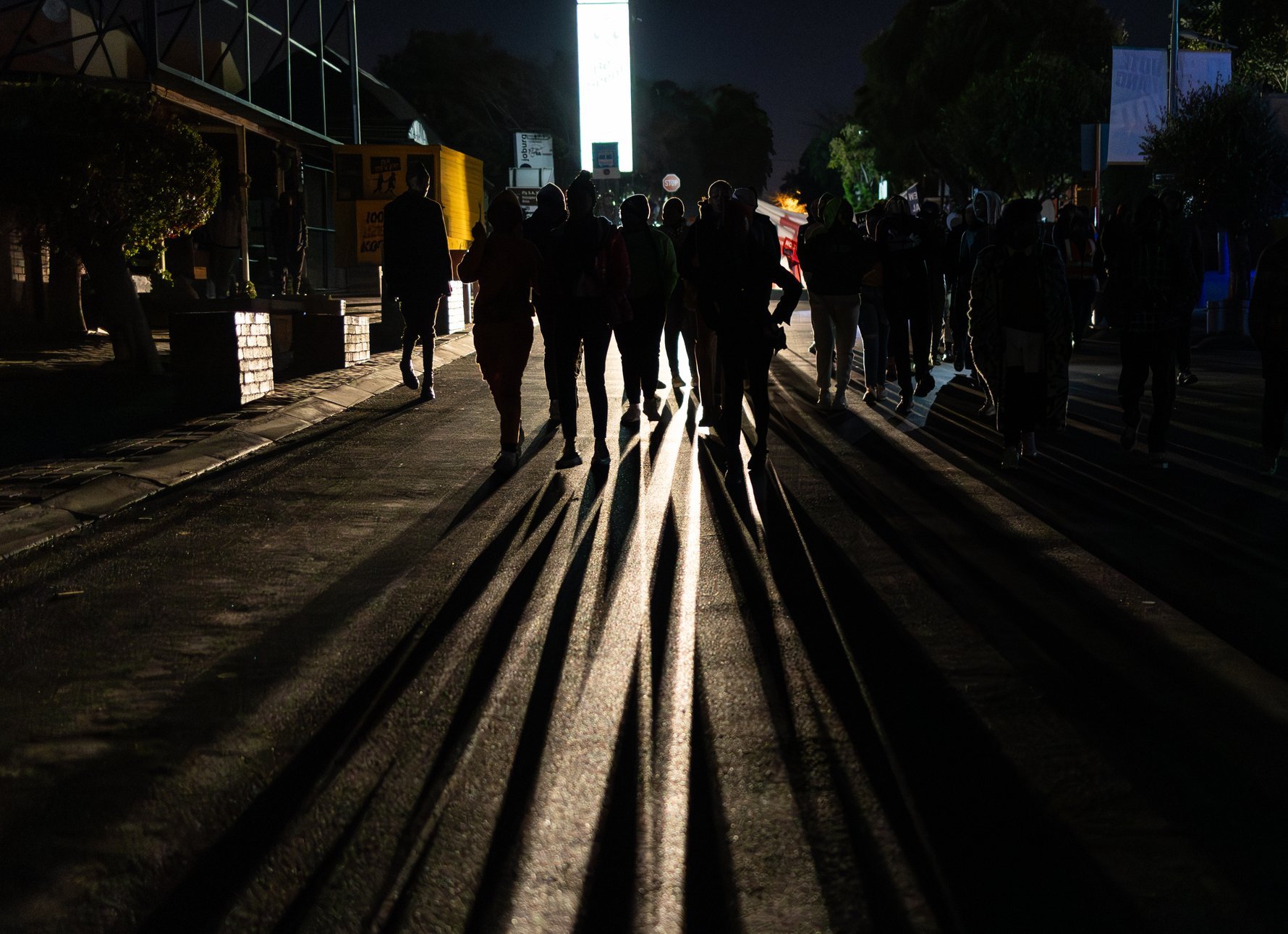
In his excellent book of city wanderings, Portrait with Keyes, Ivan Vladislavic writes: "Cities exist primarily so that we can walk around them." Later, he contrasts the experience of London author Charles Dickens with his own of Johannesburg, saying, "Dickens was blessed to live in a city that offered the walker 'miles upon miles of streets' in which to be lonely and 'warm company' at every turn once his loneliness had been satisfied. Moreover, to live in a city that collaborated enthusiastically with its own invention. I live in a city that resists the imagination. Or have I misunderstood? Is the problem that I live in a fiction that unravels even as I grasp it?"
We don't mean to quote Vladislavic out of term, but trying to come to grips with this turbulent yet beautiful city of ours is often defined by a sense of 'unravelling'. Things change so fast, and not always for the better. What's more, the prospect of getting lost is not so appealing in a city that may be safe on one street, and suddenly dangerous when a corner is turned. And yet this is where the joy of discovery lies – something Joburgers are being robbed of. It's also entrenching arbitrary divides: those who walk the city streets not by choice, but by daily necessity, and those who can choose not to. It's astonishing how a place as diverse as Joburg on paper can often feel quite the opposite in practice, unless you do venture out into uncharted territory and actively seek different cultural spheres.
Pockets of the city come under both praise and scrutiny for their approach to this issue. There is a fine line between so-called rejuvenation and gentrification; the litmus test is surely how welcoming and accessible a space is to a wide range of city-dwellers, and not an isolated elite. Yet they serve a purpose: 'tamer' city spaces like Victoria Yards, 44 Stanley, and the Play Braam district draw crowds unlikely to venture into these parts of town otherwise.
What's needed is more collaboration, diversity, and for the "gaps" to be closed. It's not enough that safe passage is guaranteed only in an isolated area. Imagine arriving in any part of the city, at any hour, and feeling the freedom to explore it on foot? This hasn't been a reality in Joburg for far too long. We'll know Joburg is a city among world cities when you can watch a sunset safely on Nelson Mandela Bridge.
Yet walking a city's streets can be a transformative experience. It's why we host our #JacarandaInYourPocket walking tours, and it's why we love the work of countless other tour guides who make it possible for people to see the city in new ways. Kennedy Tembo of MicroAdventure Tours and Nomsa Mazwai of Soweto Night Out are among these.
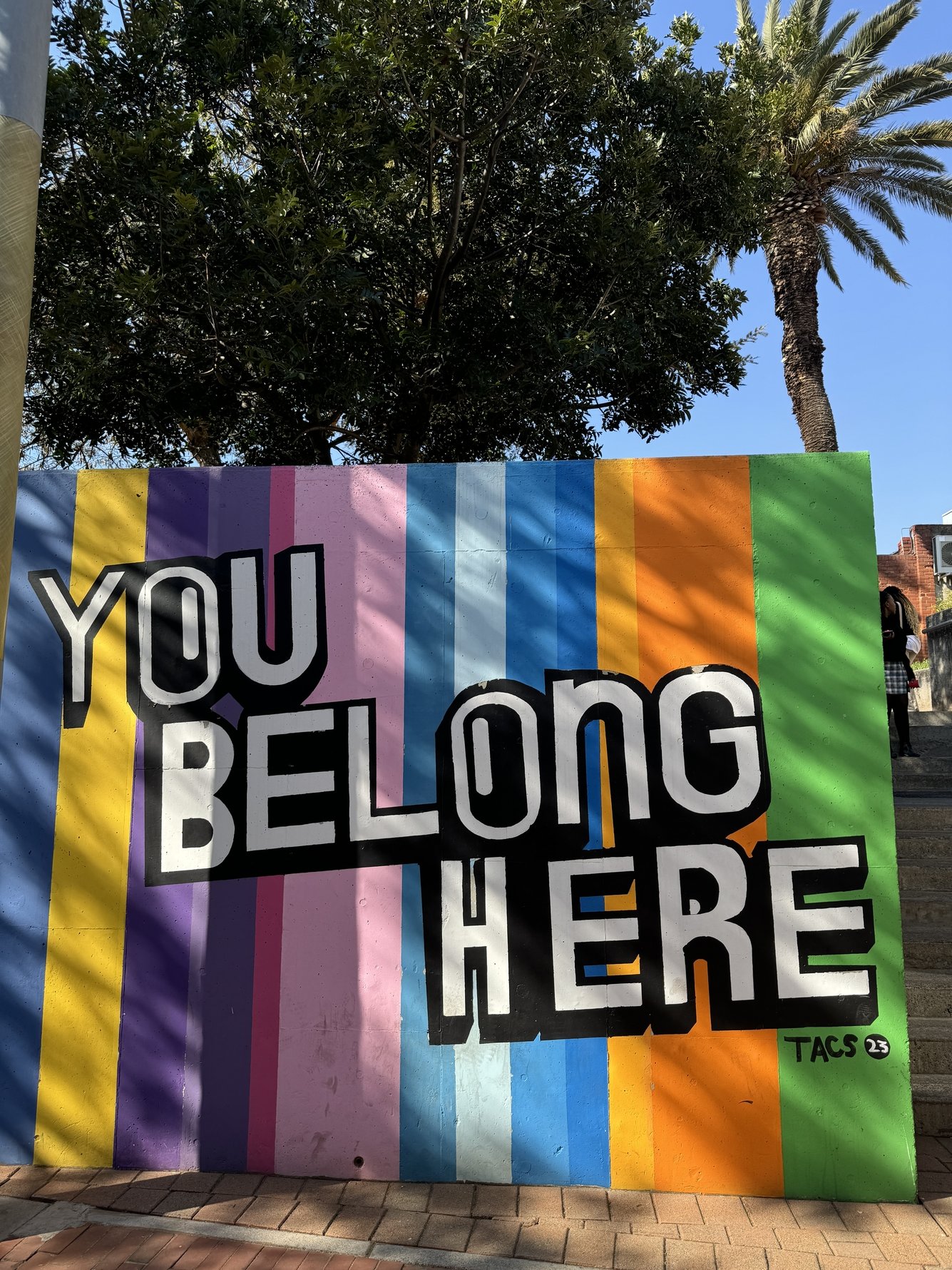
Slowly, we hope to go from advocating for a welcoming city, to truly living in one. A Joburg that echoes the words of one of our favourite murals at Constitution Hill by The Arts Company Soweto (TACS) when it says, "You Belong Here". That statement should be a felt-reality for all, not a nice sentiment. It also calls for a city that people want to belong in – not emigrate or semigrate away from.
While the seven focal areas of the Working Group are imperative, it's the meaningful change they can lay the groundwork for that's really exciting. It's the space we'll continue to play in, and we hope you'll join us. A Joburg that embraces, rather than resists, the imagination.




Comments